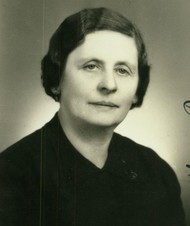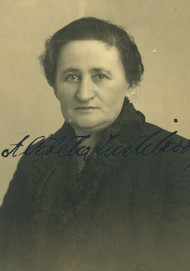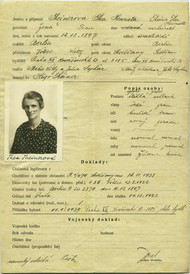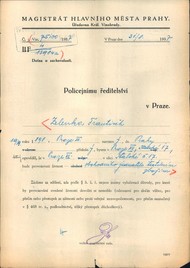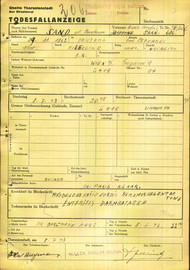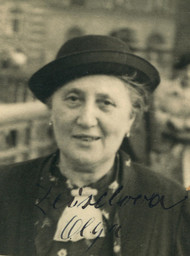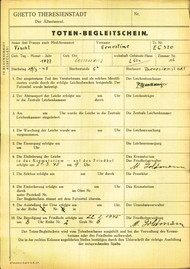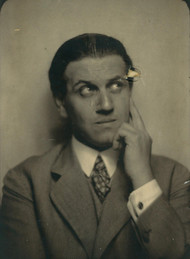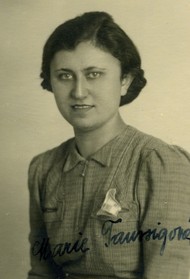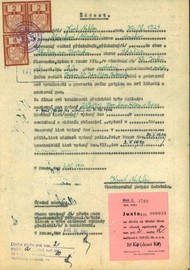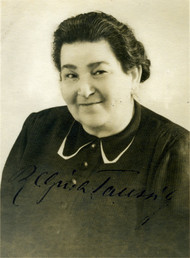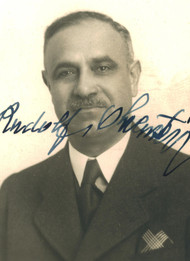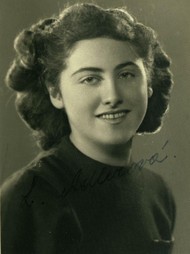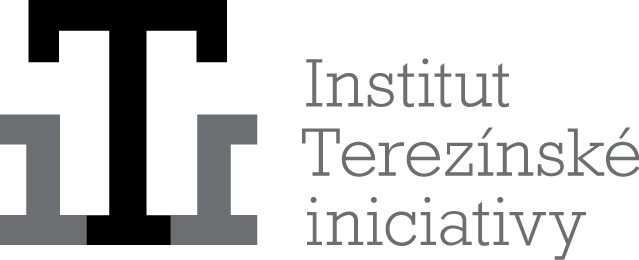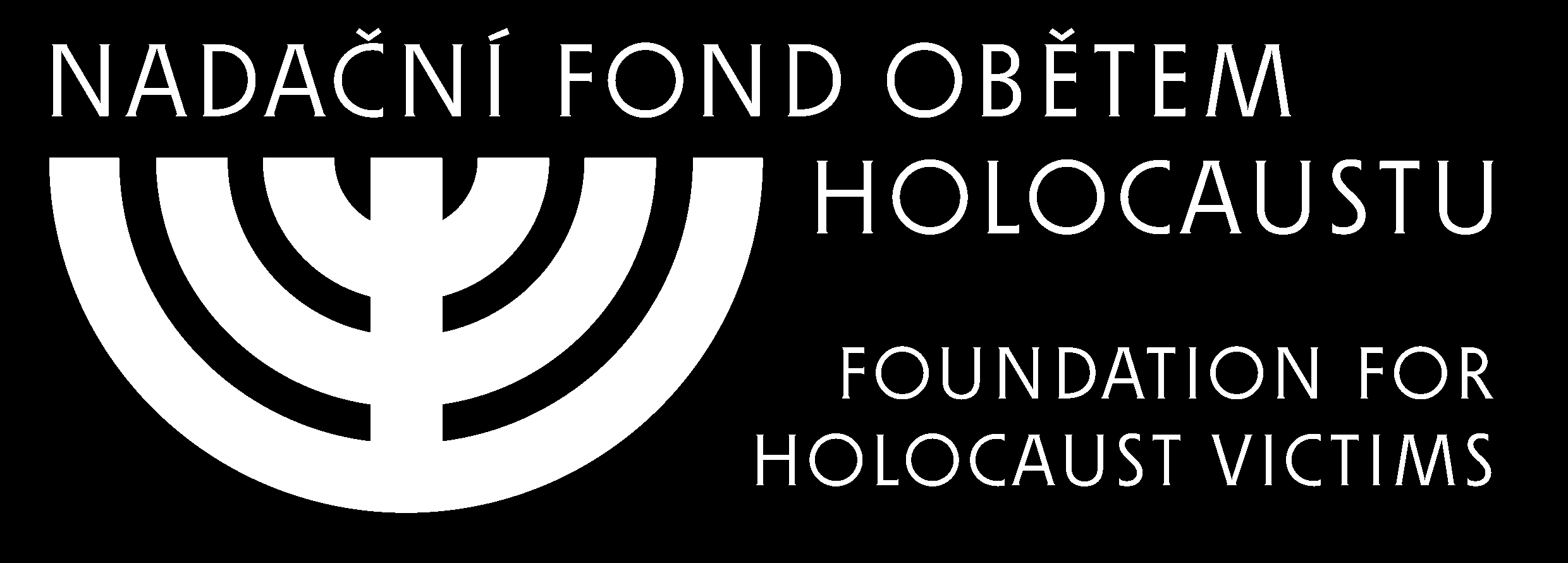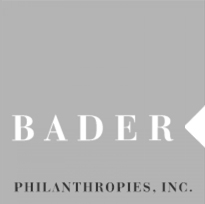The „gypsy camp“ at Hodonín u Kunštátu was used for the forced concentration of Moravian Roma. As with the Lety camp, Roma families were sent to the camp at the beginning of August 1942, in numbers that considerably exceeded the camp's capacity, set at 800 people. The living conditions, food and sanitation were just as terrible as at Lety, and the camp rules were the same.
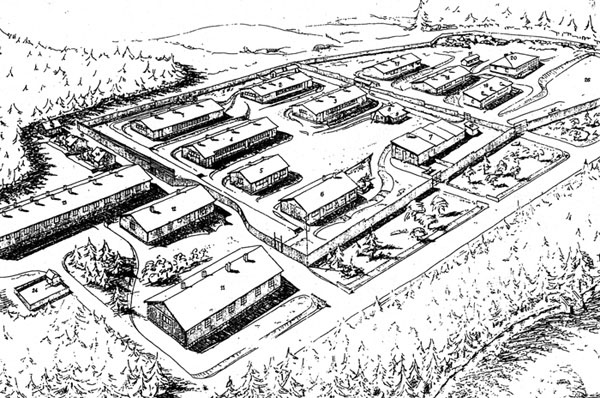
Drawing of the „gypsy camp“ at Hodonín u Kunštátu, 1943. (Ill.: Museum of Roma Culture, original: State Central Archive in Prague)
At Hodonín too, the supervisory staff consisted of policemen from the Protectorate of Bohemia and Moravia. The camp was headed by Štefan Blahynka, who went to the Lety camp temporarily in the winter of 1943 to help deal with a typhus epidemic, and to aid in the transport of prisoners to Auschwitz. He then returned to Hodonín, where he was commander of the camp until it was closed.
Over 1 300 people passed through the camp in total. Illness (above all during the typhus epidemic) and bad living conditions caused the death of 194 people in the camp itself.
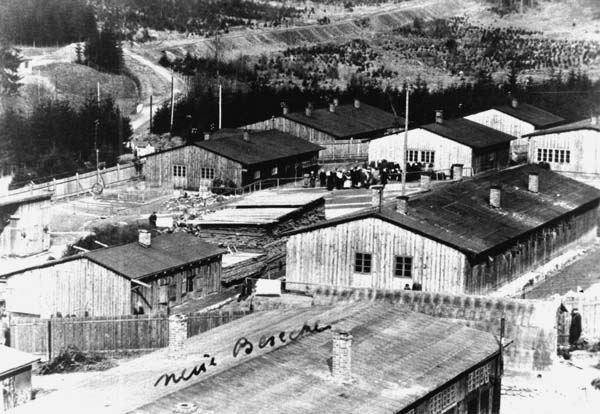
View of the „gypsy camp“ at Hodonín u Kunštatu, 1942. (Foto: Museum of Roma Culture, O. Kučera collection.)
Two mass transports were carried out from the Hodonín camp. The first transport of 46 men and 29 women (the „asocials“) set out on the 7th of December 1942 to the Auschwitz I concentration camp, on the basis of a decree on crime prevention. The second mass transport took place on the 21th of August 1943, with 749 prisoners being taken to the Auschwitz II - Birkenau concentration camp.
After the second transport left, only 62 prisoners remained in the camp. A non-Roma family from Olešnice adopted an eight-year-old prisoner from the camp, thus saving her from further suffering, since only a few of the remaining prisoners were released. The rest were taken to the concentration camp at Auschwitz in winter 1944.


